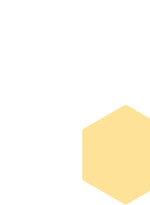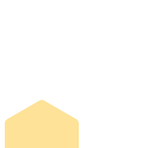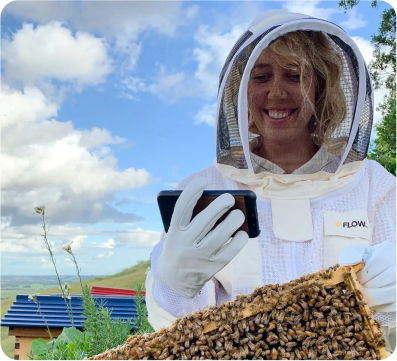Your Cart is Empty

Step 1:
Get our Starter Bundle
Experience the award-winning invention that lets you harvest honey straight from the hive. Choose your suit size, then click ‘ADD TO CART’ to get started today. Learn more.
What you’ll receive
- Flow Hive Classic
- Organic cotton bee suit, goatskin gloves, Flow Veil
- Flow Smoker
Why is spring the best time to start?
Abundance of Flowers
Spring offers abundant resources for bees, including blooming flowers full of nectar and pollen.

Nectar Flow
Spring's nectar flow fuels bee colonies, driving growth and honey production.

Colony Growth
Rapid colony expansion in spring is perfect for establishing a new hive.

Favourable Weather
Mild weather in spring facilitates hive inspections and maintenance, optimizing beekeeping activities.

Join Our Community of Beekeepers Online
Bee inspired and join the conversation in our Flow Hive Official Community Support group. With tips & tricks and troubleshooting threads, you’ll be part of a worldwide community where Flow beekeepers can support each other in a safe and supportive environment.
Join the Offical Flow Hive
FACEBOOK GROUPWe're here to support your beekeeping journey!
You can connect with our team via phone, email, live chat or through our social platforms. Cedar even answers your questions live streamed from the apiary every Wednesday!
Meet the Beekeepers
From Alaska to California, take a walk in another beekeeper’s shoes and see how beekeeping has shaped their lives.
What happens next?
-
Building a new home for your bees is an exciting part of your beekeeping journey.
It’s best to take your time and ensure that you get your assembly right.

-
It’s important to treat the timber on your hive to give it the best weather protection possible for your climate, especially the roof – it’s the first line of defence against the weather.
-
The good news is, you can keep a beehive almost anywhere! Especially a Flow Hive, as there is no need for additional processing equipment or for lugging heavy frames full of honey for harvesting.
From rooftops to balconies to backyards, it’s now possible to harvest honey directly from your hive.
Here are some tips to make sure your location of choice is good for you and for your bees.
-
An important part of getting your new hive up and running is ensuring that it’s registered*.
This step is a crucial part of becoming a beekeeper and helps protect our biosecurity.
*Check if your state or local county laws require registration
(Australian state registration links)
-
Part of beekeeping is ensuring you’re informed about things that may impact not only your bees but the wider beekeeping community, such as biosecurity.
From staying abreast of any industry news, to registering your hive, to knowing what to look for in terms of pests and diseases, understanding these practices now will set you up for success moving forward!
It is important to understand some basic safety guidelines to ensure that your beekeeping experience is a safe and positive one.Check out this Flow sponsored safety pamphlet covering common beekeeping safety risks and first aid responses.



All the features of the Flow Hive Classic
Don’t miss this special spring offer!
Pick up a sweet saving on our most popular hive for a limited time in our spring Starter Bundle.
You'll have everything you need to take great care of your bees.



























